Filter by

A History of African Linguistics
Bringing together a team of leading scholars, this volume forms the first global history of African linguistics as an autonomous academic discipline, covering Africa, America, Asia, Australia, and Europe. Defining African linguistics, the volume describes its emergence from a 'colonial science' at the turn of the twentieth century in Europe, where it was first established mainly in academic ins…
- Edition
- -
- ISBN/ISSN
- 9781108283977
- Collation
- -
- Series Title
- -
- Call Number
- -
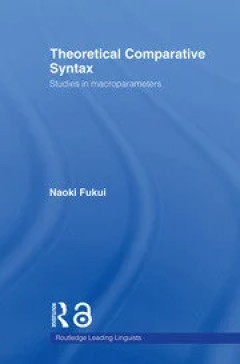
Theoretical Comparative Syntax
Collected for the first time in a single volume, these essays and articles by Naoki Fukui form an outline of some of the most significant and formative contributions to syntactic theory. Focusing particularly on the typological differences between English/type language and Japanese/type languages, Fukui examines the abstract parameters that both link and divide them. Linguistic universals are c…
- Edition
- -
- ISBN/ISSN
- -
- Collation
- -
- Series Title
- -
- Call Number
- -
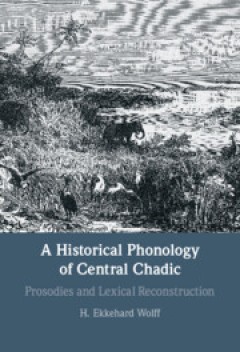
A Historical Phonology of Central Chadic
Of all of the African language families, the Chadic languages belonging to the Afroasiatic macro-family are highly internally diverse due to a long history and various scenarios of language contact. This pioneering study explores the development of the sound systems of the 'Central Chadic' languages, a major branch of the Chadic family. Drawing on and comparing field data from about 60 differen…
- Edition
- -
- ISBN/ISSN
- 9781009024310
- Collation
- -
- Series Title
- -
- Call Number
- -
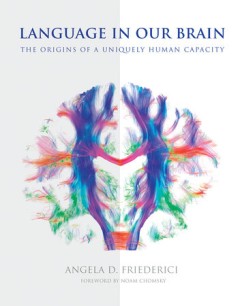
Language in Our Brain: The Origins of a Uniquely Human Capacity
A comprehensive account of the neurobiological basis of language, arguing that species-specific brain differences may be at the root of the human capacity for language. Language makes us human. It is an intrinsic part of us, although we seldom think about it. Language is also an extremely complex entity with subcomponents responsible for its phonological, syntactic, and semantic aspects. In …
- Edition
- Ed. 1
- ISBN/ISSN
- 9780262342964
- Collation
- -
- Series Title
- -
- Call Number
- 400 FRI l
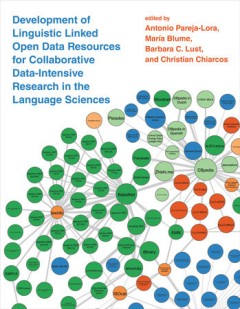
Development of Linguistic Linked Open Data Resources for Collaborative Data-I…
Making diverse data in linguistics and the language sciences open, distributed, and accessible: perspectives from language/language acquistiion researchers and technical LOD (linked open data) researchers. This volume examines the challenges inherent in making diverse data in linguistics and the language sciences open, distributed, integrated, and accessible, thus fostering wide data sharing…
- Edition
- Ed. 1
- ISBN/ISSN
- 9780262357210
- Collation
- -
- Series Title
- -
- Call Number
- 400 DEV d
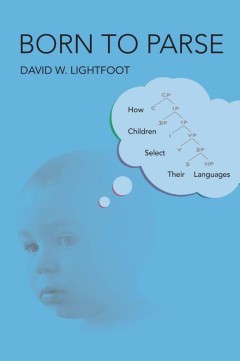
Born to Parse: How Children Select Their Languages
An argument that children are born to assign structures to their ambient language, yielding a view of language variation not based on parameters defined at UG. The open access edition of this book was made possible by generous funding from Arcadia – a charitable fund of Lisbet Rausing and Peter Baldwin. In this book, David Lightfoot argues that just as some birds are born to chirp, huma…
- Edition
- Ed. 1
- ISBN/ISSN
- 9780262358866
- Collation
- -
- Series Title
- -
- Call Number
- 400 LIG l
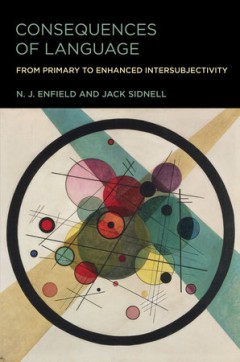
Consequences of Language: From Primary to Enhanced Intersubjectivity
What is it about humans that makes language possible, and what is it about language that makes us human? If you are reading this, you have done something that only our species has evolved to do. You have acquired a natural language. This book asks, How has this changed us? Where scholars have long wondered what it is about humans that makes language possible, N. J. Enfield and Jack Sidnel…
- Edition
- Ed. 1
- ISBN/ISSN
- 9780262372749
- Collation
- -
- Series Title
- -
- Call Number
- 400 ENF c
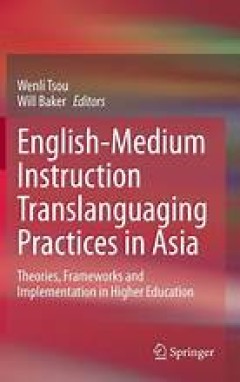
English-Medium Instruction Translanguaging Practices in Asia
This book examines translanguaging pedagogy in Asia’s English-medium instruction (EMI) higher education. It presents an overview of concepts and common issues, and case studies from specific contexts in Asia. The book first interrogates macro-level English-medium instruction policies and implementation from English as a lingua franca (ELF) perspectives. Following this, implications of English…
- Edition
- 1
- ISBN/ISSN
- 978-981-16-3001-9
- Collation
- Bahasa Inggris
- Series Title
- -
- Call Number
- 421
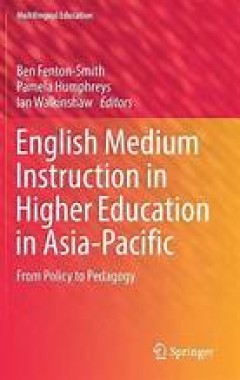
English Medium Instruction in Higher Education in Asia-Pacific
This volume draws together the viewpoints and research findings of leading scholars and informed local practitioner-researchers throughout Asia-Pacific about the issues and challenges of English as a medium of instruction (EMI) at higher education institutions in that region. Specifically, it addresses four key themes: Macro-level EMI policy and practice; institutional implications for pedagogy…
- Edition
- 1
- ISBN/ISSN
- 978-3-319-51976-0
- Collation
- Pendidikan
- Series Title
- -
- Call Number
- 370

Innovation in Language Learning and Teaching
This book investigates the ways in which new developments in areas of language teaching practice, such policymaking, planning, methodology and the use of educational technology spread globally and are adopted, rejected or adapted locally.
- Edition
- 1
- ISBN/ISSN
- 978-1-137-44975-7
- Collation
- Bahasa
- Series Title
- -
- Call Number
- 400
 Computer Science, Information & General Works
Computer Science, Information & General Works  Philosophy & Psychology
Philosophy & Psychology  Religion
Religion  Social Sciences
Social Sciences  Language
Language  Pure Science
Pure Science  Applied Sciences
Applied Sciences  Art & Recreation
Art & Recreation  Literature
Literature  History & Geography
History & Geography